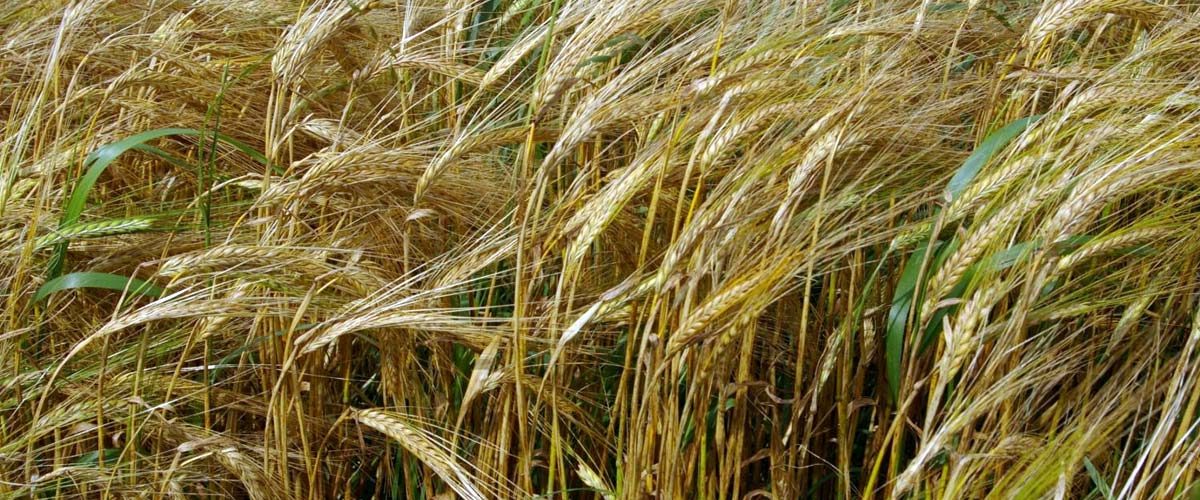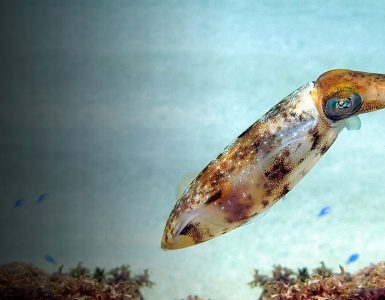Now Barley straw can be consumed by the livestock to reduce waste and feeding costs. Researchers have found a simple method to increase the nutritional content of the straw and its palatability by the mere addition of cellulose bacteria and molasses.
With growing human needs for food, the amount of crop and food by-products has also increased. proper management of the by-products obtained is a critical step to use in ruminant feeding for livestock. This will reduce the cost of feeding to a great extent. In the dry regions of the world, there is a great gap in supply and demand of livestock feeding, particularly of domesticated small ruminants like sheep, and goats.In arid regions like Egypt, the commonest crop residue is Barley straw, which because of its poor quality of roughage (due to less protein content and poor palatability) is not of much use in ruminant feeding. But if it is properly supplemented with nutrients, there are chances that it can be used in regular feeding of the ruminants. There are certain methods including physical, chemical, and biological which can be sued to improve the roughage quality of Barley straw.

The major event in all such methods is the lysis of the bound between the polysaccharides and lignin of the Barley straw, for improved digestibility by the ruminants. The straw can be treated with bacterial and fungal substances or enzymes in the biological method. An acceptable method is by supplementing straw with Condensed Molasses Soluble (CMS) to expand its nutritional value, palatability, and protein content, thereby making it fit for ruminant consumption. Researchers at South Sinai Research Station in Egypt attempted to improve the nutritional value of barley straw by bacterial treatment.
The bacterial treatment was done by Cellulomonas cellulose bacteria (TBS), both with and without CMS. The factors observed were nutrient digestibility, feeding value, rumen fermentation, and growth performance on Barki lambs. The sample treated with TBS and CMS showed the better chemical composition of the feed and its ingredients, based on the chemical analysis of feed, feces, and urine of the fed cows, by determination of their Dry Matter, Organic Matter, Crude Fiber, Crude Protein, and Nitrogen free extract. Rumen liquor was analyzed for its pH, while mineral analysis of dry feed and feces was done to estimate the percentages of sodium and potassium. Blood analysis by Spectrophotometer was conducted for measuring total protein, albumin, creatinine, and electrolytes in the collected samples.
Results demonstrated an enhanced quality of Crude Protein in the group treated with TBS and CMS, due to the double effects of CMS due to the presence of bacterium as it modified the microorganisms in the rumen, particularly cellulolytic bacteria and protozoa.
Overall the barley straw treated with Cellulomonas cellulose bacteria and Condensed Molasses Soluble showed improved nutritional content, digestibility, and palatability rate, it also markedly increased the digestible crude protein and reduced cost per kilogram of the growth.
Consequently, the researchers recommended the addition of CMS to poor quality roughage for improvement of its nutrient value and accelerated economic efficiency in lamb production. The addition of simple bacteria and molasses to the barley straw is an innovative method for improving roughage and allows the replacement of rations of growing sheep.
This research work recently published in Pakistan Journal of Biological Sciences.
Keywords:
Roughage, barley straw, nutritional value, molasses, Crude protein, digestible crude protein, feeding strategies, lambs, ruminant’s feed.
















Add comment